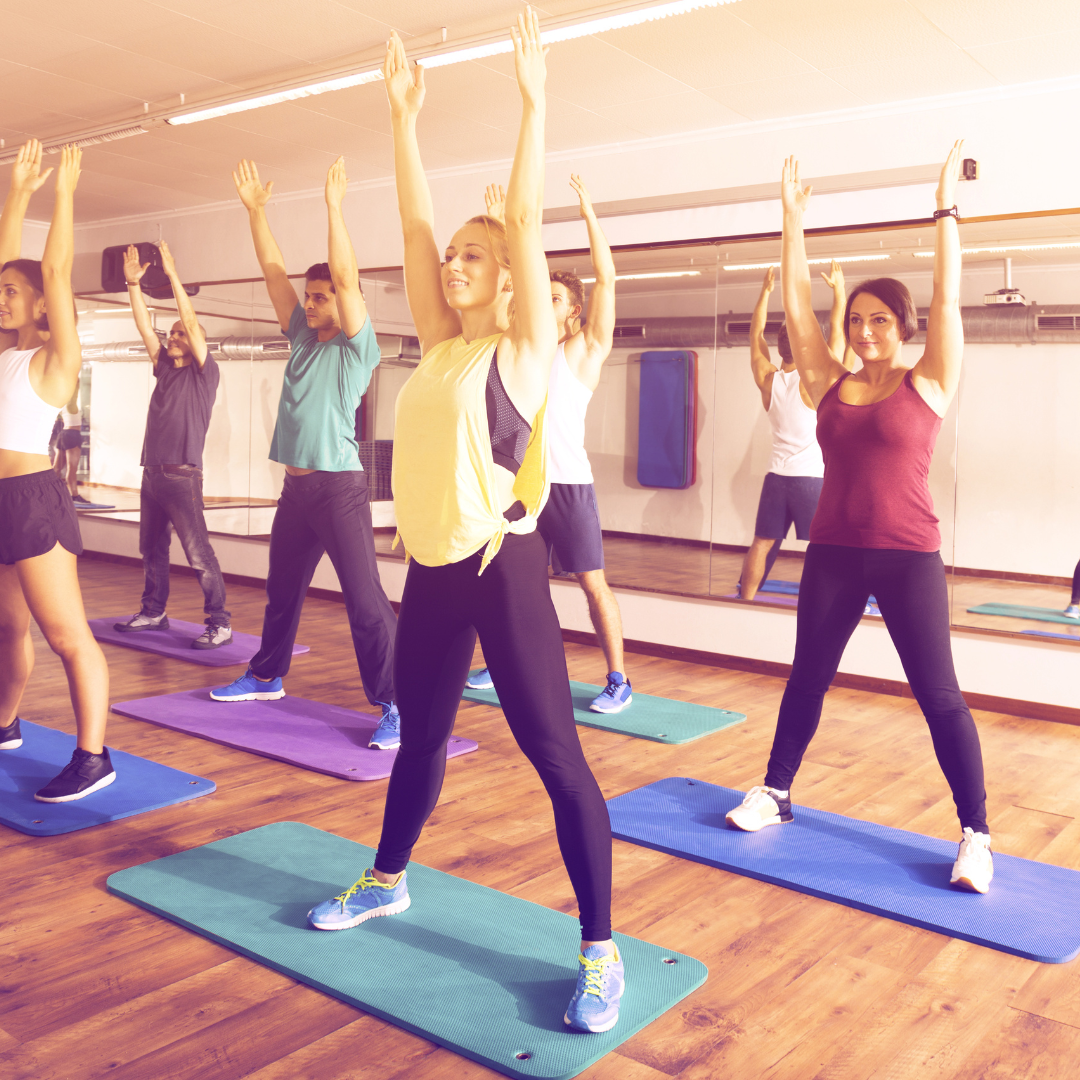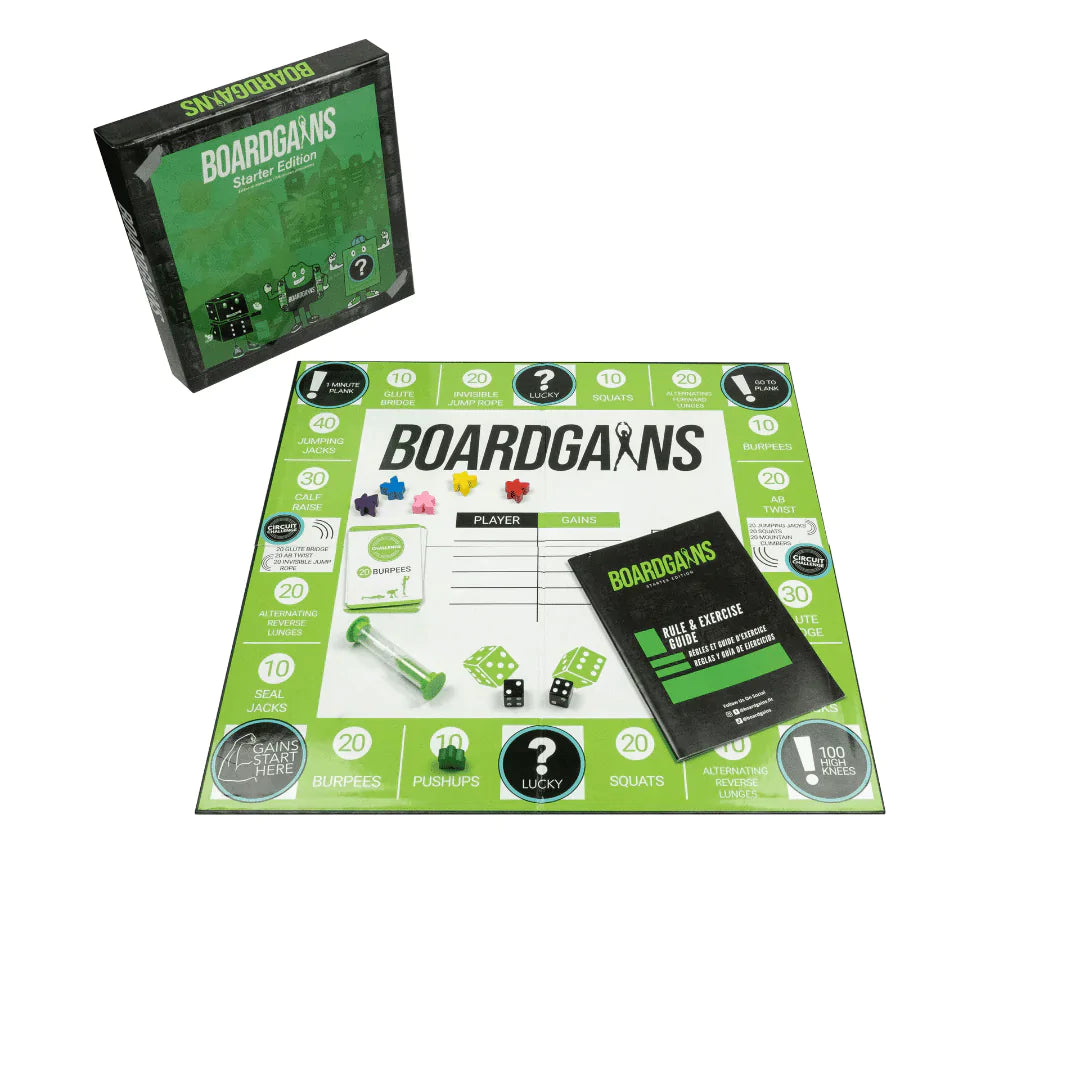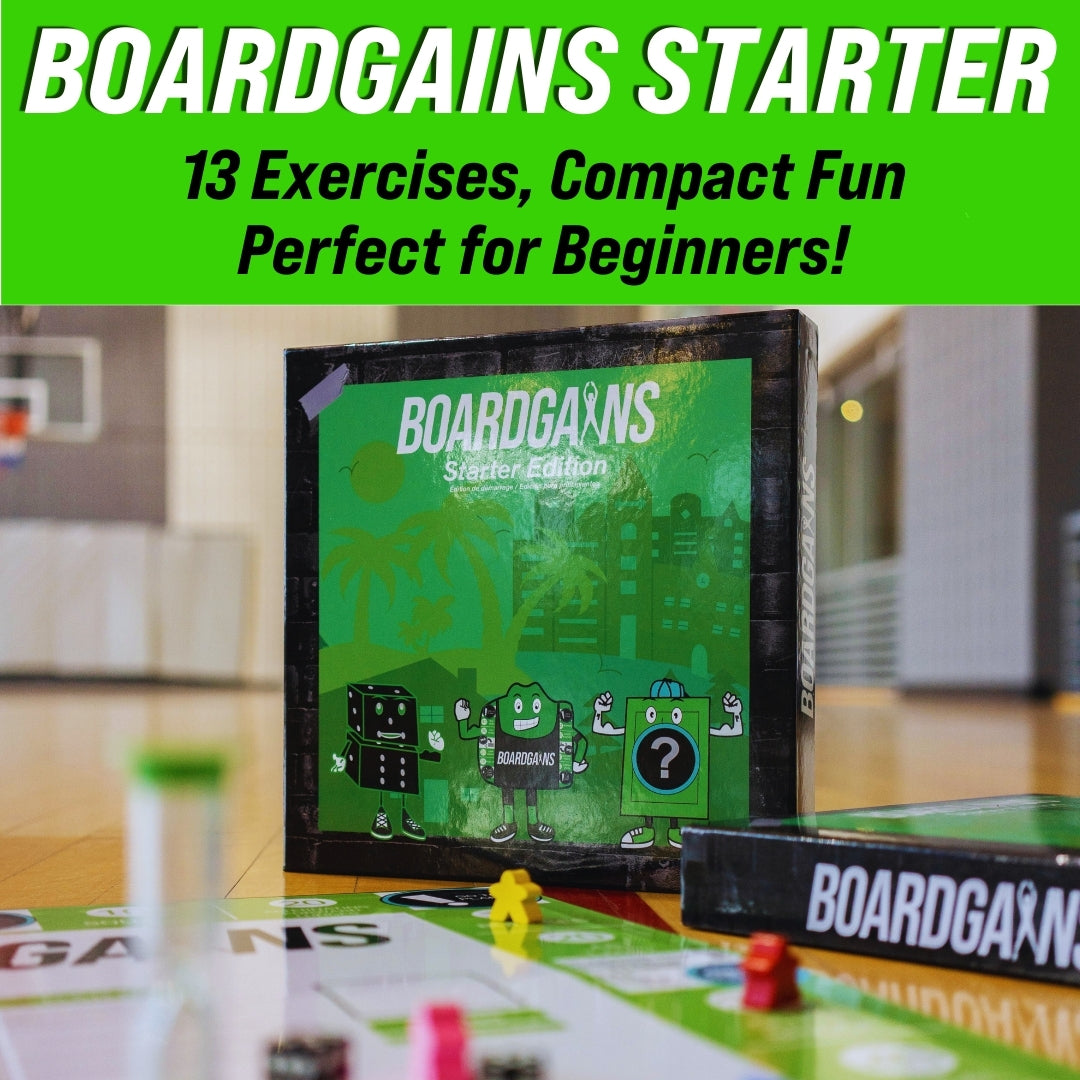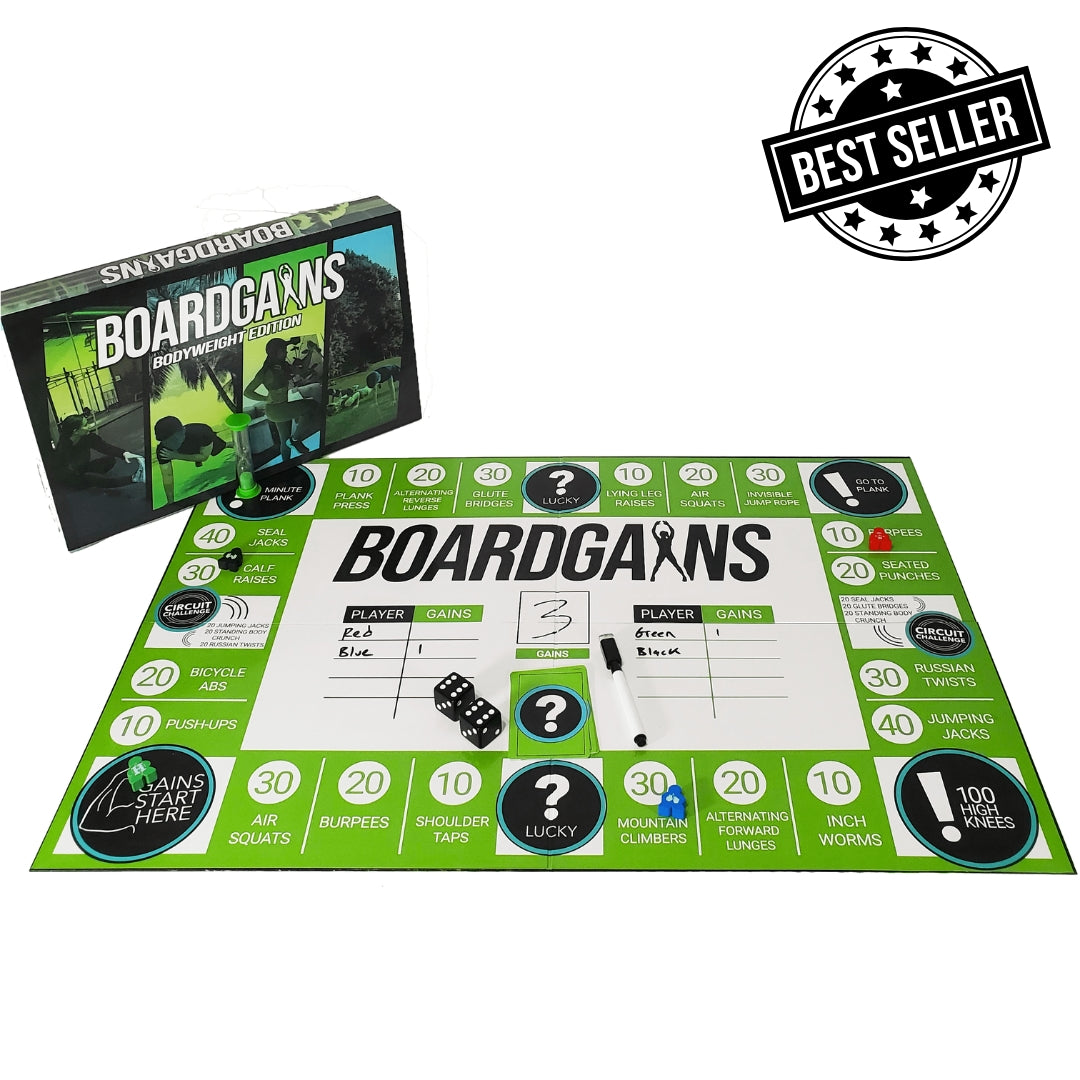The Evolution of Fitness: From Ancient Sports to Modern Board Games
The Roots of Physical Fitness
Throughout human history, the quest for physical prowess has been relentless. Our ancestors relied on their physical strength and agility not just for hunting and gathering, but also to protect themselves from predators and other tribes.
Ancient Olympic Games
The birthplace of democracy, philosophy, and drama, Ancient Greece also heralded a unique celebration of physical fitness. Established around 776 BCE, the Olympic Games were initially just a footrace but gradually evolved. With events like discus, javelin, and wrestling, it became evident that fitness was more than a lifestyle for the Greeks – it was an art, an event worth celebrating every four years.
The Gladiatorial Arenas of Rome
Moving from Greece to the great city of Rome, physical prowess took on a more aggressive form. Gladiatorial contests, while gruesome, were a testament to human endurance, strength, and fighting skills. These warriors trained at specialized schools called “ludi.” Their intense regimens comprised weapon training, physical conditioning, and combat tactics. These games served multiple purposes: entertainment, a display of Rome's martial prowess, and religious significance.
The Renaissance and Fitness
The Renaissance era, a beacon of art, culture, and knowledge, also signaled a renewed interest in the human body. It wasn’t just about admiring the aesthetics but understanding its function and potential. Artists like Leonardo da Vinci delved deep into human anatomy, emphasizing the interconnectedness of mind and body.
Gymnastics in the 1800s
Fast forward to the 19th century, Europe saw a surge in physical culture, most notably with the rise of gymnastics. Friedrich Ludwig Jahn, the father of gymnastics, initiated routines using apparatus like parallel bars, rings, and the high bar. This was more than exercise; it was a movement aimed at building national pride among youth.
20th Century: From Calisthenics to Aerobics
The 20th century marked unprecedented advancements in science, technology, and an understanding of human physiology. With two world wars reshaping societies and economies, the need for strong, healthy soldiers and citizens became paramount.
The Birth of the Gym Culture
Post World War II, there was an emergence of gyms and fitness centers. These institutions weren’t limited to athletes; they welcomed everyone. Jack LaLanne, often termed the “godfather of fitness,” popularized weight training and nutrition, emphasizing their roles in achieving optimal health.
Home Fitness Regimes
The late 20th century was all about convenience, and fitness was no exception. Celebrities and fitness experts began producing workout tapes, ensuring that fitness routines were accessible to all. The charisma of personalities like Jane Fonda and Richard Simmons made working out at home popular and enjoyable.
The Digital Era and Fitness
With the dawn of the 21st century, digitalization touched every facet of human life, including fitness. No longer confined to gym walls or television screens, fitness became mobile, interactive, and personalized.
Fitness Video Games
Nintendo's Wii Fit was revolutionary. It merged gaming and fitness in a manner never seen before. Now, families weren’t just playing together; they were sweating, laughing, and achieving fitness milestones in the comfort of their living rooms.
Wearable Fitness Gadgets
With advancements in wearable tech, fitness tracking became more than just counting steps. From monitoring heart rates to analyzing sleep patterns, wearables like Fitbit and Apple Watch became the new personal trainers, always on hand, always guiding.
The Rise of Fitness Board Games
In the digital age, a unique analog trend emerged. Fitness board games began to make waves, offering a blend of traditional board game strategy with physical challenges.
Boardgains: Pioneering Fitness Board Games
Boardgains stands out as a pioneer in this niche, revolutionizing how we perceive board games. These aren't just games; they're an immersive experience that challenges both the mind and body, promoting health, strategic thinking, and social interaction.
Benefits of Fitness Board Games
Fitness board games offer a holistic approach to well-being. They not only promote physical activity but also cognitive skills like decision-making, problem-solving, and teamwork. Moreover, they encourage social interaction, bringing families and friends closer.
Conclusion
The tapestry of fitness is vast and varied. From the ancient Olympic tracks to the innovative fitness board games of today, it mirrors humanity's evolution, aspirations, and innovations. It underscores a universal truth: the quest for fitness, in whatever form, is timeless and universal.
Frequently Asked Questions (FAQs)
-
Did ancient sports significantly influence modern fitness routines?
- Undoubtedly. The training, discipline, and techniques from ancient sports have often been adapted and modified for contemporary fitness routines.
-
What sets fitness board games apart from regular board games?
- Fitness board games incorporate physical challenges or tasks, ensuring that players engage both mentally and physically during the game.
-
How do fitness video games compare to traditional workouts?
- While traditional workouts might offer more intensive training, fitness video games provide a balanced mix of fun and exercise, making them ideal for those who might shy away from conventional workouts.
-
Are wearable fitness gadgets accurate?
- Most wearable gadgets are reasonably accurate in terms of basic metrics like step counting. However, for advanced metrics, it's always good to consult professionals or use specialized equipment.
-
Is the fitness industry headed towards more technology integration?
- The current trend suggests so. With advancements in AI, VR, and AR, the future of fitness promises more personalized, interactive, and immersive experiences.










Leave a comment
This site is protected by hCaptcha and the hCaptcha Privacy Policy and Terms of Service apply.